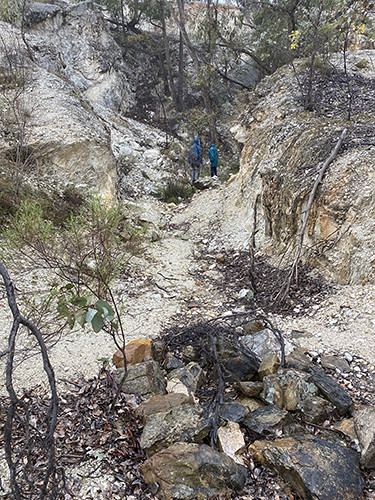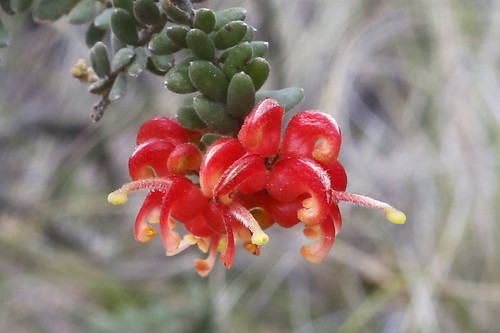How long should we plan for? An interesting hint can be found in the May issue of the newsletter of the Australian Forest History Society, in a story by Roger Underwood, about New College Oxford, founded in 1379:
‘The chapel is about 600 years old, and until this story unfolded, was famous for its massive oak beams. (In the late 1970s)… an inspection of the New College chapel roof had disclosed the alarming fact that the old oak beams holding up the roof and spire were infested with wood boring beetles, and were on the point of collapse. The situation was dire, and the college authorities were at a loss. Where on earth would they find replacement oak beams for the urgent restoration work?
‘However, the college historian came up with the answer. It turned out that at the time of the building of the college in the 14th century, the builders anticipated that one day the oak beams in the chapel would need to be replaced. So the college purchased land and arranged for a plantation of oak trees to be planted. A forester was appointed to look after the resulting forest. Over succeeding centuries, the word was passed along from one generation of college foresters to the next: ‘You don’t touch them oaks, they’s for the college chapel.’
‘And they were. Cometh the hour, cometh the trees. The oaks were felled, the new beams cut and installed, and the chapel roof was again secure and a thing of wonder. And another grove of oaks was planted, anticipating the need for the next refurbishment of the chapel 600 years hence.’
Unfortunately this story, which has circulated in a variety of forms, is a bit of a myth, although it is true that the college has forest reserves used for repairs of its old structures… but wouldn’t it be great if it were not only true, but unremarkable: that it was completely normal to look that far ahead in the management of our resources? Maybe the gold rushes would have panned out a little differently if that had been the case…



















 Click on image for info/order page
Click on image for info/order page Click on image for info/order page
Click on image for info/order page Click on image for info/order page
Click on image for info/order page




















